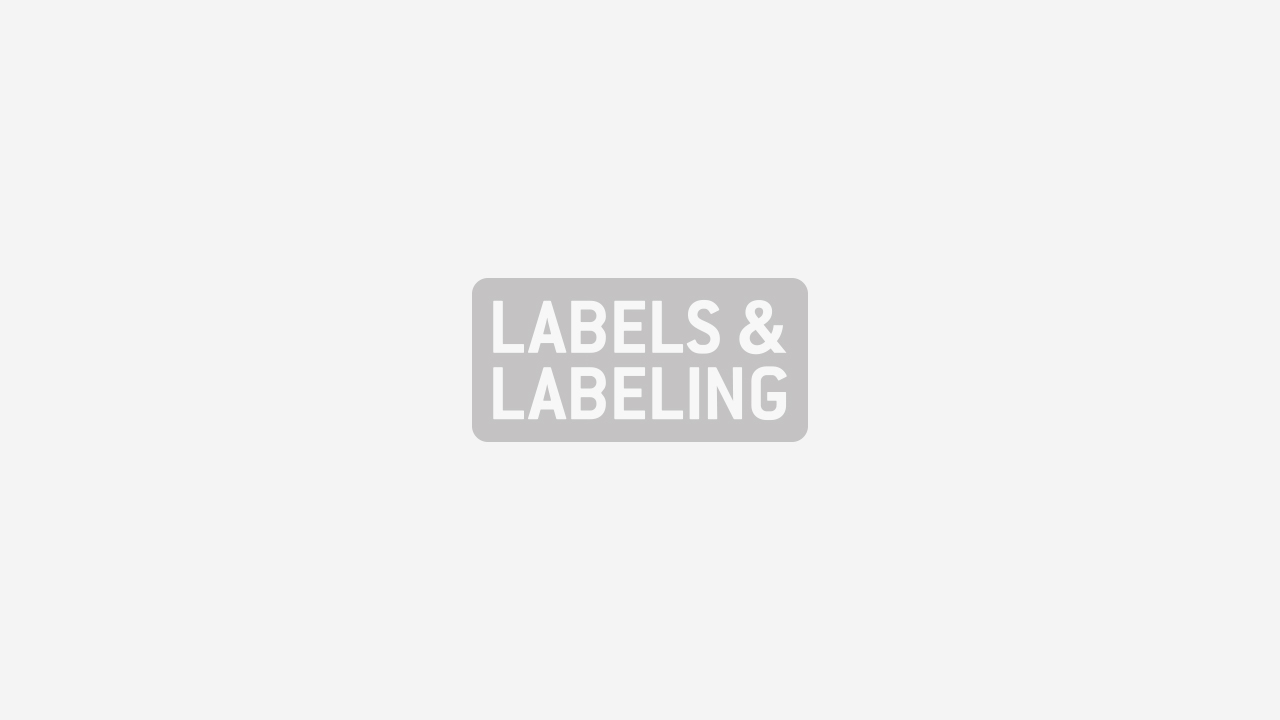KEE Consultants' Gap Analysis Audit off to a flying start

Just two months after launch at Graph Expo in Chicago, KEE Consultants' Gap Analysis Audit (GAA) has signed up 35 printers from Europe, North America and Asia for its first-of-its-kind remote audit. The Gap Analysis Audit helps printers to simply and cost-effectively implement and comply with ISO 12647 standards and related accreditations.
Elie Khoury explained the reasons behind the online audit: ‘Implementing standards in any printing company is a three-step process. The first is the gap analysis, which identifies areas of non-conformity and highlights to the printer the improvements they need to make to their production workflow. The second is to implement the gap analysis report and roadmap to ISO conformity. The final step is the certification delivered by an accreditation body. The three steps should be undertaken by three different and independent organizations with no overlapping or possible conflict of interests.’
Lionel Herriau, from Agir Graphic, is an accredited senior expert in ISO 9001 Quality Management Systems for printers, and is in charge of KEE's lab accreditation. He added: ‘KEE's GAA is the most comprehensive and quality-oriented audit I’ve seen in the printing industry. The audit is about much more than assessing a printed product or production procedures – it’s about assessing the company organization, quality management system and complete production workflow, including files, proofs, test prints, customer jobs and documentation. This global vision on the company and the detailed assessment of each of its production operations guarantee a comprehensive analysis and a detailed action plan for ISO 12647 conformity from an ISO standpoint rather than a narrower prepress, press or product perspective.’
Carlo Carnelli, KEE consultant, ISO 12647 expert and auditor for Italy, concludes: ‘Today all ISO 12647 audits require that one or two auditors travel to the printer’s premises, that all questions be answered, and that required printed forms be produced in their presence. This has two drawbacks – the first obvious one is cost, the second is the change to the company’s daily working practices caused by the auditors’ presence. Inevitably, operators try harder than usual to ensure they create a good impression, whereas KEE's GAA assesses the company's usual daily operations as accurately as possible.’
The printer follows the supplied GAA guidelines and answers the audit questions online. He can then print the audit forms according to staff and press availability. KEE's audit is the only audit with requirements from printer to supply not only printed test forms for measurement purposes, but also a printed customer job for comparison purposes.
Stay up to date
Subscribe to the free Label News newsletter and receive the latest content every week. We'll never share your email address.

